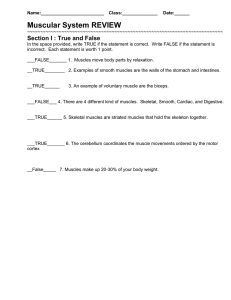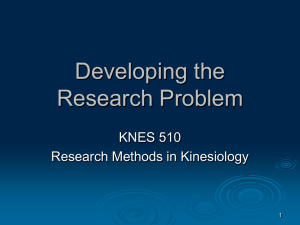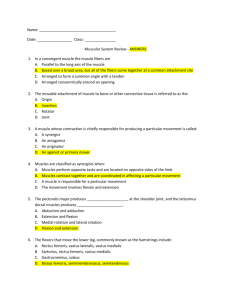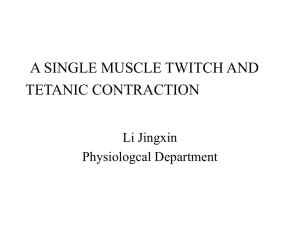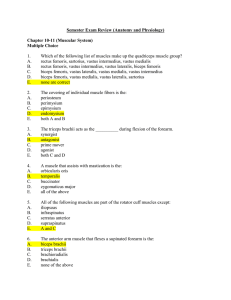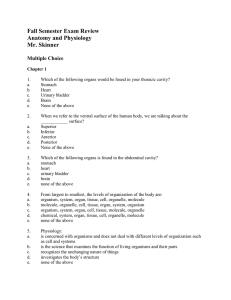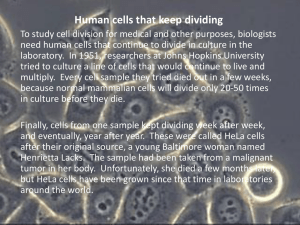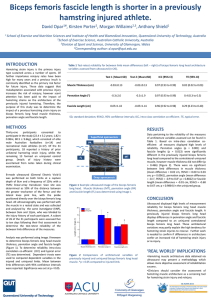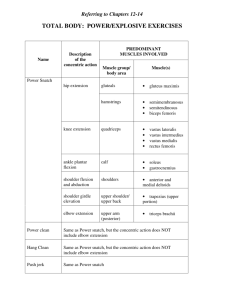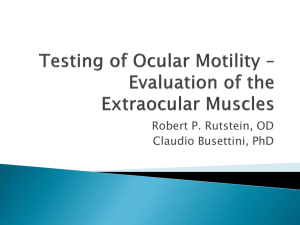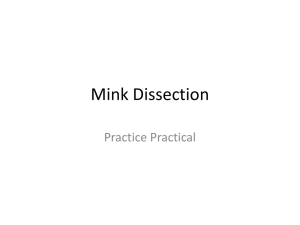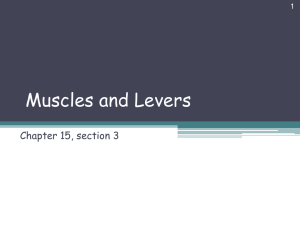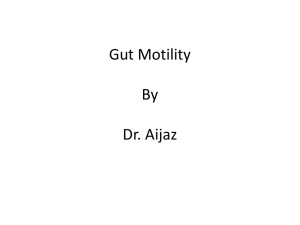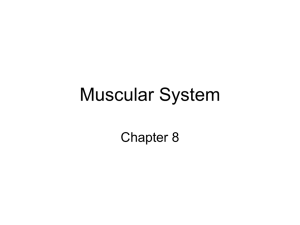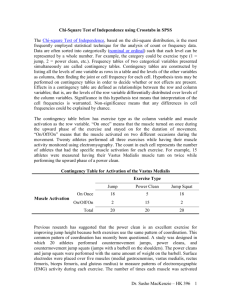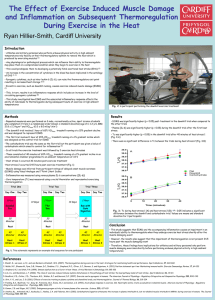Location of major muscles
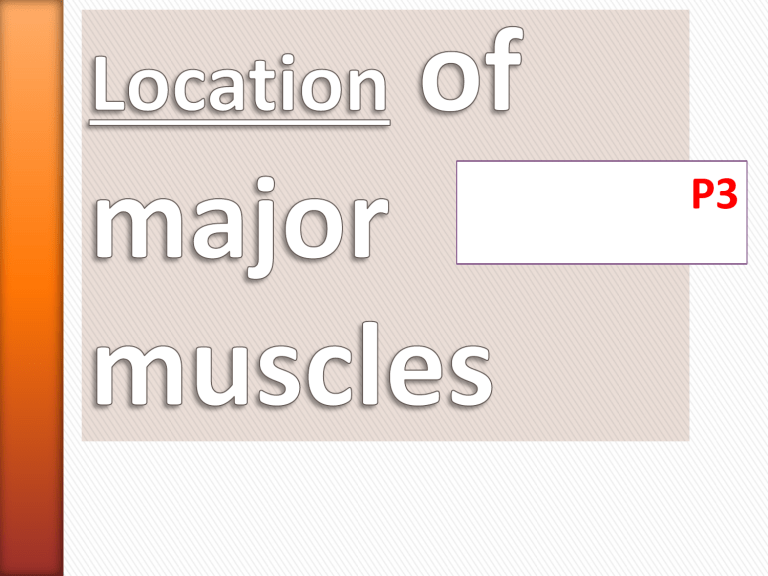
P3
» Research task:
In pairs Locate all major muscles on your partner and be ready to know what each muscle is also known as & does .
biceps triceps deltoids pectorals rectus abdominus quadriceps. These must be split into: o rectus femoris o vastus lateralis o vastus medialis o vastus intermedius) hamstrings. These must split into:
· semimembranosus
· semitendinosus
· biceps femoris gastrocnemius soleus tibialis anterior erector spinae teres major trapezius latissimus dorsi obliques gluteus maximus
» Lower body:
» Anterior view
Quadriceps:
• Rectus
Femoris
• vastus
Intermedius
• Vastus
Lateralis
• Vastus
Medialis
Tibialis anterior
» Posterior View (back)
» Lower body
Gluteus Maximus
Hamstrings:
• Semimembranosus
• Semitendinosus
• Biceps Femoris
Gastrocnemius
Soleus
Biceps
Triceps
Deltoids
Pectoralis Major
Rectus
Abdominus
Obliques
» Upper body anterior view
Teres Major
Trapezius- Upper back
» Upper body posterior view
Latisimus Dorsi-
Lower Back
Erector spinae
Copy and complete the tables…
» There are three
types of muscle
;
» Cardiac- in-voluntary the muscle that encompass the heart
» Smooth- in-voluntary
» Skeletal- voluntary Provides Human
Movement, attached to the skeleton by tendons
Divide the class into 3 (Cardiac/Smooth and Skeletal muscle):
-
Find a couple of images of the muscle
- Say what this type of muscle does
- Give a few examples
Be prepared to feedback your findings to the class…
The heart has its own muscle tissue called
Cardiac/
Myocardium muscle.
Function: the function of the myocardium is to pump blood around the body.
It beats minute
60-80 times a
It is an Involuntary muscle: as it has its own nerve supply. It works by sending nerve impulses through the cells and fibres within the muscle.
Also an involuntary muscle as they are out of out
CONSCIOUS
control.
Found in the digestive system (large and small intestine), Circulatory system (artery and vein walls) and
Urinary system .
Smooth muscle contracts consecutively
( peristaltic action), producing a wavelike effect.
E.G. when food is passed through the digestive system it is slowly squeezed through the intestines.
Muscle that is attached to the skeleton across joints…
It is under voluntary control as we decide when to contract the muscles and produce movement.
Skeletal muscle is responsible for the following functions:
- Produce movement
- Maintaining body posture
- Generate heat for warmth
What else?
Co-ordinated contractions of the skeletal muscle allow us to move smoothly and produce sports skills.
Over 700 skeletal muscles make up
40% of our body weight (slightly less for females).
1) For P3, identify the
location
of the named muscles (across)
2) Including the
three types
of muscle.
Types of muscle:
Cardiac, Skeletal, Smooth
Major muscles:
• Biceps
• Triceps
• Deltoids
• Pectoralis major
• Rectus abdominis
• Thigh Muscles: Rectus femoris, vastus lateralis, vastus medialis, vastus intermedius, semimembranosus, semitendinosus, biceps femoris
• Gastrocnemius
• Soleus
• Tibialis anterior
• Erector spinae
• Teres major
• Trapezius
• Latissimus dorsi
• Obliques
• Gluteus maximus
